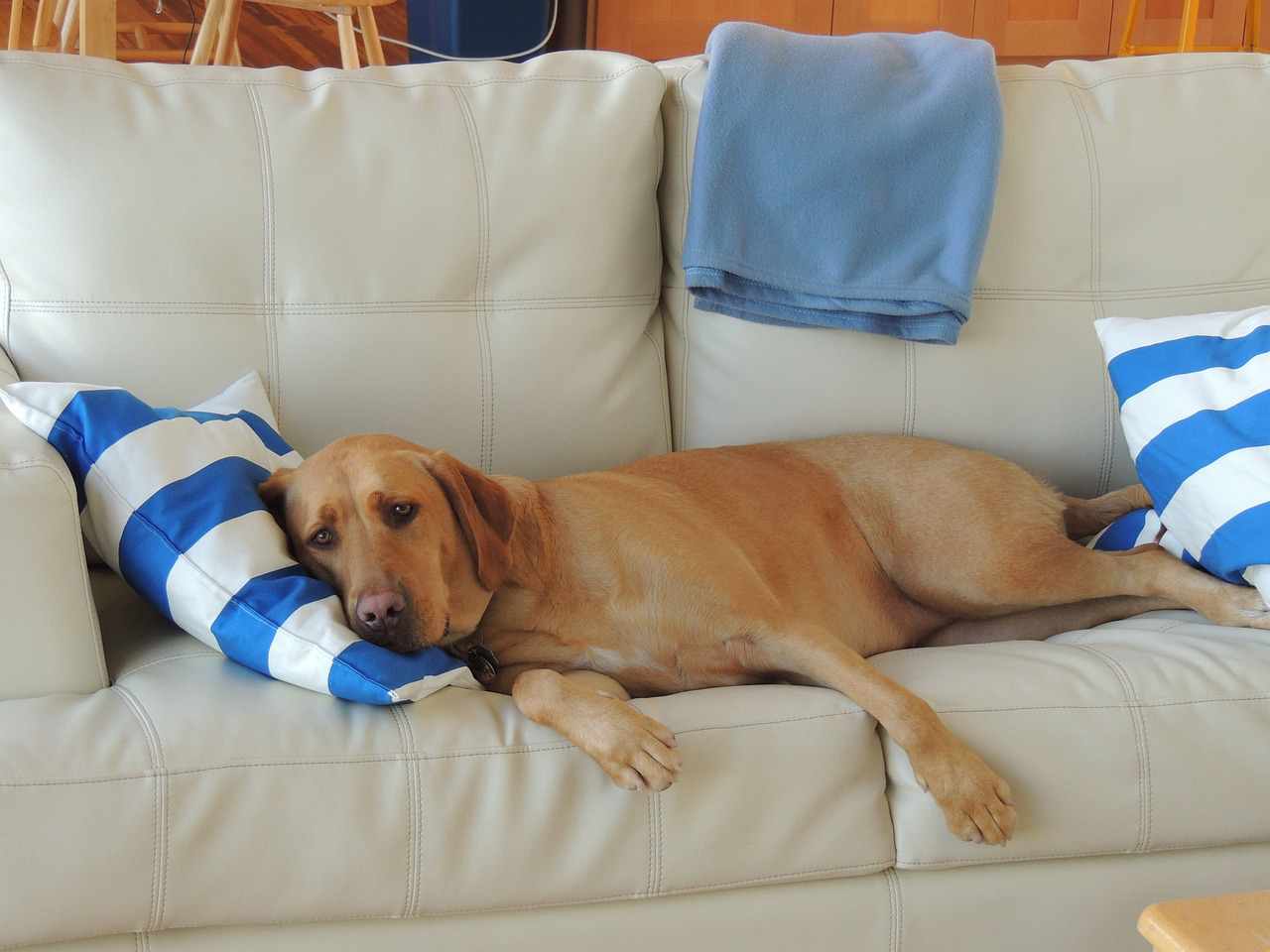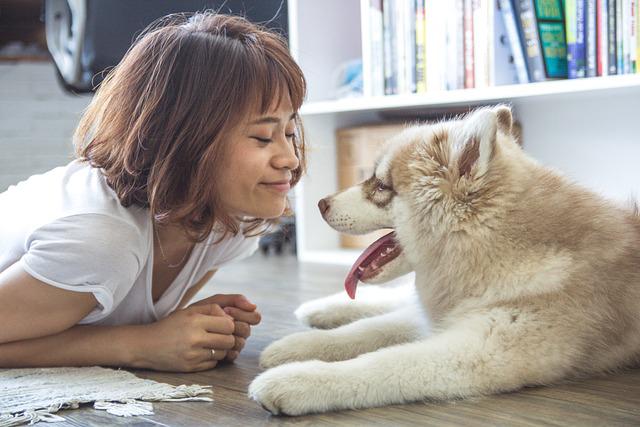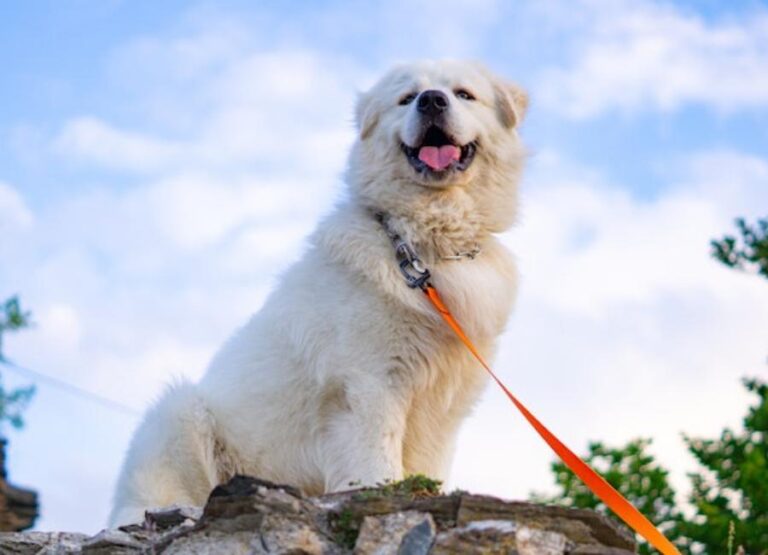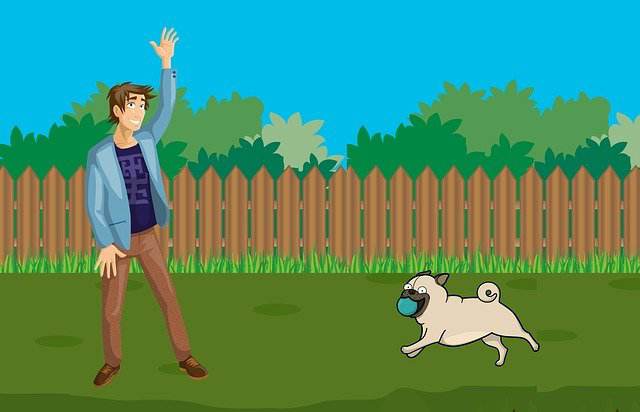15 Top Tips For Leaving Dog Home Alone

We’ve all been there—those moments when we have to leave our fur babies at home alone. But here’s the thing: leaving dog home alone doesn’t have to be stressful or guilt-inducing!
In this blog post, I’m going to share some practical tips and tricks to help you ensure your pup stays happy, entertained, and safe while you’re away.
Leaving Dog Home Alone
Leaving your dog home alone can be tough for both of you, but with some preparation, it can be a positive experience.
Make sure your pup has plenty of toys and a comfortable space to relax in while you’re away.
Consider leaving some calming music on, and don’t forget to give them a big hug when you get back!
Let’s break it down further…
Tips For Leaving Dog Home Alone

Here are some of the most common tips for leaving dog home alone:
1. Set Up a Safe and Comfortable Space
When leaving your dog home alone, it’s important to create a safe and comfortable environment for them.
Make sure they have access to fresh water and a cozy place to rest, such as a dog bed or a designated area with their favorite blanket.
It’s also essential to puppy-proof the space by removing any items that could be harmful if chewed or ingested. Providing interactive toys or puzzle feeders can help keep them mentally stimulated while you’re away.
Additionally, consider using a crate or a designated area to prevent your dog from wandering and potentially getting into trouble.
2. Avoid Emotional Departures and Arrivals
Dogs are highly perceptive to our emotions, and overly emotional departures and arrivals can contribute to separation anxiety.
Try to keep your departures and arrivals calm and low-key. Avoid making a big fuss or giving your dog excessive attention right before you leave or immediately when you return.
By keeping your comings and goings low-key, you can help your dog associate them with normal, routine events rather than moments of heightened anxiety.
3. Establish a Consistent Daily Routine
Dogs are creatures of habit and thrive on routine. Establishing a consistent daily routine can provide them with a sense of security and predictability.
Try to feed your dog at the same times each day and take them for walks or play sessions on a regular schedule.
This helps them understand when to expect food, exercise, and attention, making their alone time more manageable.
Incorporating mental stimulation activities, like training sessions or treat puzzles, into their routine can also help keep their minds engaged and prevent boredom.
4. Set Up a Glass Window View
Dogs are naturally curious creatures, and providing them with a view of the outside world can help keep them entertained and engaged while you’re away. If possible, position your dog’s bed or crate near a window with a view.
You can also consider installing a dog-friendly window perch or a low windowsill where they can comfortably observe the surroundings. This visual stimulation can help alleviate boredom and separation anxiety.
5. Leave On the TV or Radio
Leaving the TV or radio on can provide a sense of companionship for your dog when they’re home alone.
The background noise can help drown out any sudden or unfamiliar sounds that may otherwise startle or distress them.
Consider tuning in to channels or programs that feature calming music or nature sounds, as these can have a soothing effect on your dog. Avoid using loud or jarring content that might have the opposite effect.
6. Practice Departure Cues With Your Dog
Helping your dog become accustomed to your departure cues can make the process of leaving them alone less stressful.
Start by incorporating these cues into your daily routine, even when you’re not actually leaving.
For example, put on your shoes, pick up your keys, and grab your bag, but then sit back down or engage in another activity.
This desensitization technique can reduce your dog’s anxiety associated with these actions.
Gradually increase the duration of these departure rituals until your dog remains calm and relaxed throughout the process.
7. Provide Lots of Interactive Toys
When you’re away, it’s important to keep your dog mentally stimulated and entertained. One great way to do this is by providing plenty of interactive toys.
Look for toys that can dispense treats or puzzle toys that require your dog to figure out how to get a reward.
These toys can keep your dog engaged and occupied while you’re not there.
Additionally, rotating the toys and introducing new ones from time to time can help prevent boredom and maintain your dog’s interest.
8. Tire Out Your Dog Before Leaving
A tired dog is often a content dog. Before you leave the house, try to engage your dog in physical activities that will help burn off excess energy.
Take your dog for a long walk, play fetch in the backyard, or have a fun play session.
By tiring out your dog, you’re more likely to have a calm and relaxed pup when you’re not around.
A tired dog is less prone to anxiety or destructive behavior caused by boredom.
Read more about exercising your dog indoors.
9. Consider Enrolling Your Dog in a Local Doggy Daycare
If you have a particularly social dog who craves companionship, enrolling them in a local doggy daycare can be a great option.
Doggy daycares provide a safe and supervised environment where your dog can interact and play with other dogs under the supervision of trained professionals.
This can help alleviate separation anxiety and provide your dog with the socialization and exercise they need while you’re away.
It’s essential to choose a reputable daycare that aligns with your dog’s needs and temperament.
10. Leave an Item With Your Scent for Comfort
Dogs are highly sensitive to smells, and your scent can provide them with a sense of comfort and reassurance while you’re away.
One tip is to leave an item, such as a piece of clothing or a blanket, that carries your scent.
This can help your dog feel more secure and alleviate any separation anxiety they may experience.
Plus, it’s a wonderful way to keep a little piece of you close to them, even when you’re not physically there.
11. Talk to Your Dog Through Interactive Cameras While Away
Thanks to technology, staying connected with your dog while you’re away has become easier than ever.
Interactive cameras designed specifically for pets allow you to see and talk to your furry friend remotely.
These cameras often have built-in speakers and microphones, enabling you to communicate with your dog and provide them with reassurance.
You can even use treats or toys dispensed by the camera to engage and interact with your dog, making them feel less lonely and more engaged while you’re not at home.
12. Consider Getting Another Pet
Another option to consider is getting another pet to keep your dog company. Dogs are social animals, and having a companion can help alleviate their loneliness and boredom when left alone.
However, it’s important to make sure that your dog gets along well with other animals and that you can provide proper care for multiple pets.
Introducing a new pet should be done gradually and with careful consideration to ensure a harmonious and safe environment for all animals involved.
13. Provide Dog-Safe Chews To Keep Them Busy
When you’re away, it’s important to keep your dog mentally stimulated and entertained. One way to do this is by providing them with dog-safe chews or toys that can keep them occupied.
Look for durable and interactive toys that are specifically designed for long-lasting play.
Puzzle toys or treat-dispensing toys can also be great options, as they can keep your dog engaged and focused on a rewarding activity.
14. Arrange a Mid-day Visit or Neighbor Check-Ins
If you’re going to be away for an extended period, consider arranging a mid-day visit for your dog or asking a trusted neighbor to check in on them.
This can help break up the day for your dog and provide them with some social interaction and attention.
During these visits, your dog can be let out for a bathroom break, given fresh water, and engaged in some playtime. It’s important to ensure that your dog feels cared for and loved even when you’re not around.
15. Consider Getting a Pet Sitter
If you’re frequently away from home or if your dog has specific needs, hiring a pet sitter might be a good option.
A pet sitter can come to your home and provide companionship, exercise, and care for your dog while you’re away.
They can follow your dog’s routine, provide meals, administer any necessary medications, and give them the attention they need.
Hiring a professional pet sitter can give you peace of mind knowing that your dog is in good hands and receiving the care they deserves.
Leaving your dog home alone doesn’t have to be a stressful experience. By implementing these tips and ensuring your dog’s needs are met, you can help alleviate their anxiety and make their alone time more enjoyable.
Read more about entertaining a dog at home alone.
Related Questions
Is it okay to leave my dog home alone?
It depends on your dog’s age, temperament, and overall well-being. Most adult dogs can handle being home alone for a few hours, but puppies and certain breeds may need more attention.
How long can I leave my dog home alone?
The general guideline is 4-6 hours for adult dogs. Puppies, elderly dogs, and those with separation anxiety may need shorter periods. It’s essential to gradually increase their alone time and provide mental and physical stimulation.
What can I do to make my dog comfortable when left alone?
Creating a safe, comfortable space with their bed, toys, and access to water is crucial. Consider leaving on calming music or providing interactive toys to keep them occupied.
Should I hire a dog sitter or use a dog daycare?
If your dog struggles with being alone, a dog sitter or daycare can provide companionship and supervision. It’s a great option for social dogs or those with high energy levels.
How can I train my dog to be alone?
Gradual desensitization, positive reinforcement, and creating a routine can help your dog become more comfortable with being alone. Start with short absences and gradually increase the time.
What are the signs of separation anxiety in dogs?
Excessive barking, destructive behavior, pacing, or house soiling can indicate separation anxiety. If you notice these signs, it’s important to seek guidance from a professional trainer or veterinarian.
Read more about identifying a bored dog.
Conclusion
In conclusion, when it comes to leaving your dog home alone, remember that they rely on us for companionship and care. Prioritize their well-being by providing mental and physical stimulation, leaving them with engaging toys, and considering alternatives like doggy daycare or hiring a pet sitter. By taking these steps, you can help ensure that your furry friend stays happy, healthy, and content while you’re away.


![How To Discipline a Beagle [10 Insights] How To Discipline a Beagle](https://petcreeks.com/wp-content/uploads/2023/05/How-To-Discipline-a-Beagle-768x555.jpg)



